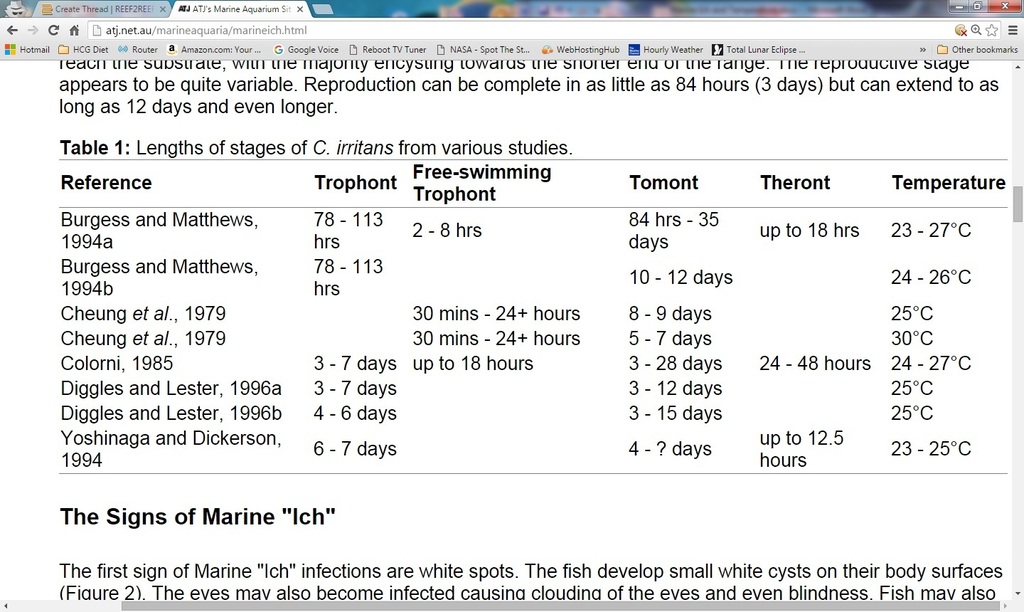Hey all,
Curious for those that run ich-free tanks, what do you guys do for invert and coral additions? Do you wait 76 days before adding any of them as well?
I've always run ich-maintenance tanks so the thought never occurred to me what I'll do now that I'm 20 days away from being 76 days fallow and ich free in the DT.
Curious for those that run ich-free tanks, what do you guys do for invert and coral additions? Do you wait 76 days before adding any of them as well?
I've always run ich-maintenance tanks so the thought never occurred to me what I'll do now that I'm 20 days away from being 76 days fallow and ich free in the DT.

















